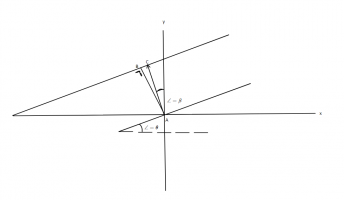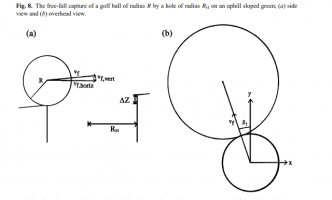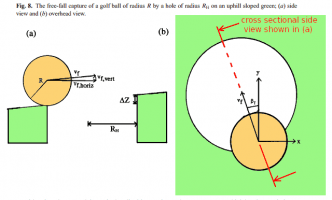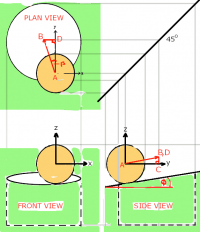Hi all,
I have a question regarding the below figure. It represents an inclined slope (theta) along the x-axis.
A ball moves from point A to C.
As a result:
[math]AC_x = AC \cdot \sin(\beta)[/math]
and
[math]AC_y = AC \cdot \cos(\beta)[/math]
Line AB is the perpendicular line of the two parallel line with slope theta. This means that the height of point A is the same as the height of point B.
How do I determine the vertical distance between point A and point C?

A
I have a question regarding the below figure. It represents an inclined slope (theta) along the x-axis.
A ball moves from point A to C.
As a result:
[math]AC_x = AC \cdot \sin(\beta)[/math]
and
[math]AC_y = AC \cdot \cos(\beta)[/math]
Line AB is the perpendicular line of the two parallel line with slope theta. This means that the height of point A is the same as the height of point B.
How do I determine the vertical distance between point A and point C?

A



